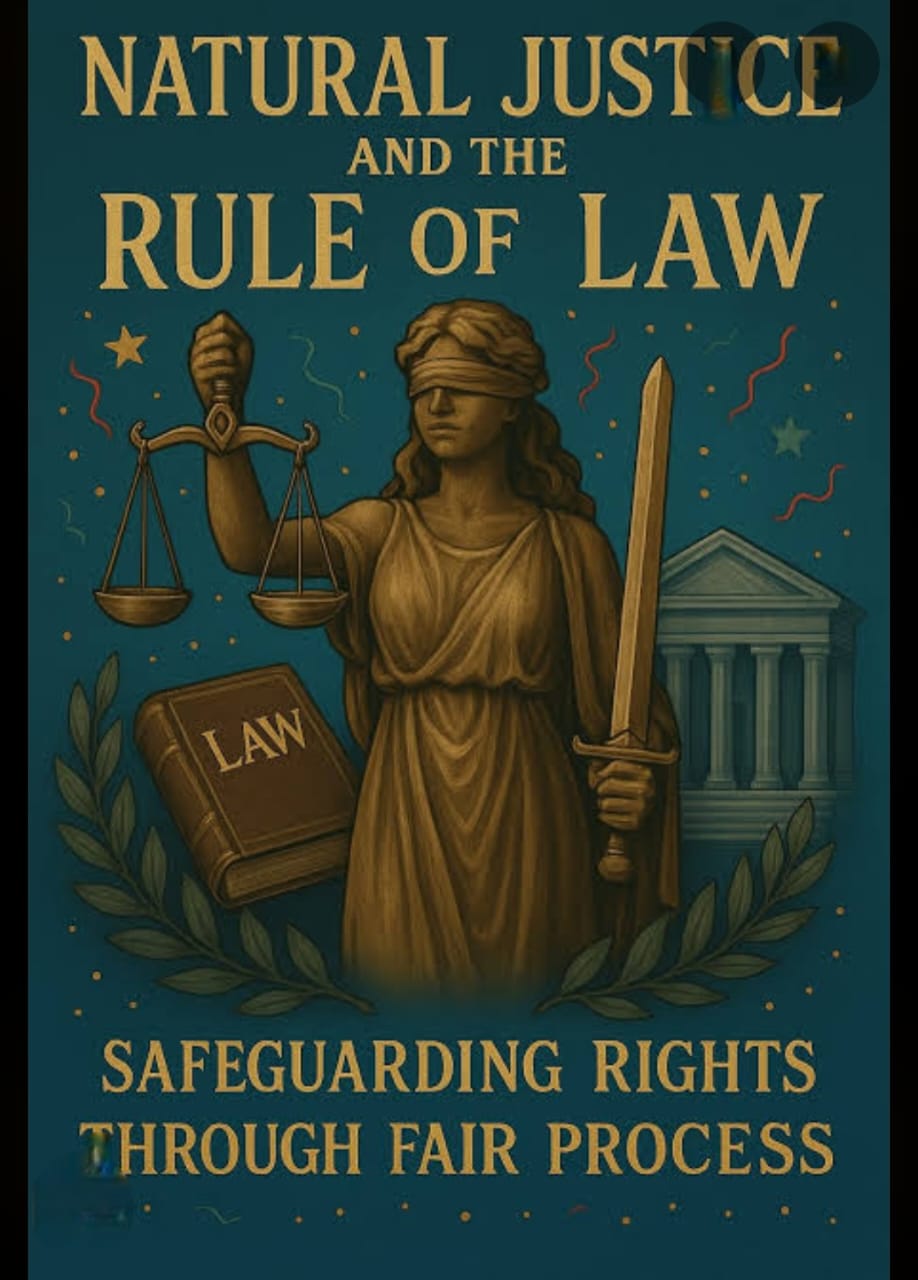Introduction

Introduction
Whenever a crime occurs, the spotlight usually falls on punishing the offender. Sadly, the victim’s voice often gets lost in the process. Victimology is a field that shifts the focus back to the person who suffers, examining their experiences, rights, and the effects of crime on their life, both socially and psychologically.
Victims of crime are often left navigating a maze of legal procedures, emotional trauma, and social stigma. While laws provide a framework for justice, the lived experiences of victims reveal gaps between theory and practice. Understanding these human stories is at the heart of victimology, reminding us that justice is more than convictions — it is about restoring lives and dignity.
The United Nations Declaration of Basic Principles of Justice for Victims of Crime (1985) emphasizes that victims should have access to justice, fair treatment, compensation, and rehabilitation. In India, victimology has gradually gained importance. Today, justice is seen not only as punishing the offender but also as restoring the dignity and well-being of the victim.
1. Concept and Theoretical Foundations of Victimology
Victimology is about understanding victims — who they are, what they go through, and how they relate to offenders and the criminal justice system. It helps us see why some people are more vulnerable to victimization and how society and the law respond to them.
Scope and Significance
Victimology goes beyond courtrooms. It includes victim support, compensation, rehabilitation, and steps to prevent people from becoming victims again. By focusing on victims, the justice system becomes more human, compassionate, and balanced rather than purely punitive.
Key Theories of Victimology
Sometimes, a victim’s actions may unintentionally contribute to the crime. For example, confrontational behavior could trigger an assault. However, modern victimology stresses that this is not about blaming the victim; it is only to understand crime patterns.
Certain lifestyles can make people more vulnerable. Working late at night or visiting unsafe areas frequently may increase the risk of theft or assault.
This theory focuses on location rather than behavior. People living or traveling in crime-prone areas are more likely to become victims, no matter how careful they are.
Crime happens when three elements meet: a motivated offender, a suitable target, and the absence of someone to prevent it. Leaving valuables in an unlocked car, for example, creates an opportunity for theft.
Understanding these theories helps policymakers and law enforcement create better strategies to protect potential victims.
2. Legal Provisions and Compensatory Reliefs
India’s laws recognize that victims deserve support and compensation.
Key Legal Frameworks
Special Provisions for Certain Victims
Laxmi v. Union of India (2014), the Supreme Court directed states to provide at least ₹3 lakh and free medical treatment to survivors.
Nipun Saxena v. Union of India (2018), the Supreme Court emphasized confidentiality, counselling, and immediate financial relief for rape survivors, setting a uniform standard across India.
3. Victim Support and Rehabilitation
Helping victims involves more than money — it includes psychological, social, and legal support.
Technology in Victim Support
Modern technology makes victim assistance more accessible:
However, privacy, consent, and emotional sensitivity must always be respected.
4. Analytical Insights: Victim–Offender Relationship and the Future
The relationship between victims and offenders is complex. Victimology shows that crime often reflects social inequalities, power imbalances, and psychological patterns. Restorative justice focuses on dialogue, accountability, and healing, aiming to repair relationships rather than simply punish.
Despite legal provisions and support systems, many victims still face delays, lack of awareness, or bureaucratic hurdles. For example, compensation schemes are not always timely, and psychological counselling services may be limited in rural areas. Addressing these challenges requires not only stronger enforcement but also societal awareness and empathy, emphasizing that true justice is a collaborative effort between law, community, and policymakers.
Technology can help bridge this gap by providing safe spaces for reporting, gathering evidence, and counselling. Even victims in remote areas can access justice and support without fear or delay.
Conclusion
Victimology reshapes how we understand justice. True justice is not only about convicting offenders — it is about listening to victims, restoring their dignity, and acknowledging their suffering.
India’s modern reforms, like BNSS 2023 and improved compensation schemes, show that the criminal justice system is moving toward a more human-centered and technology-assisted approach.
As criminologist Benjamin Mendelsohn said, “The victim is the forgotten man of the criminal justice system — until we remember him, justice remains incomplete.”
Justice, therefore, begins not with punishment — but with healing.
References
Lovely Professional University



